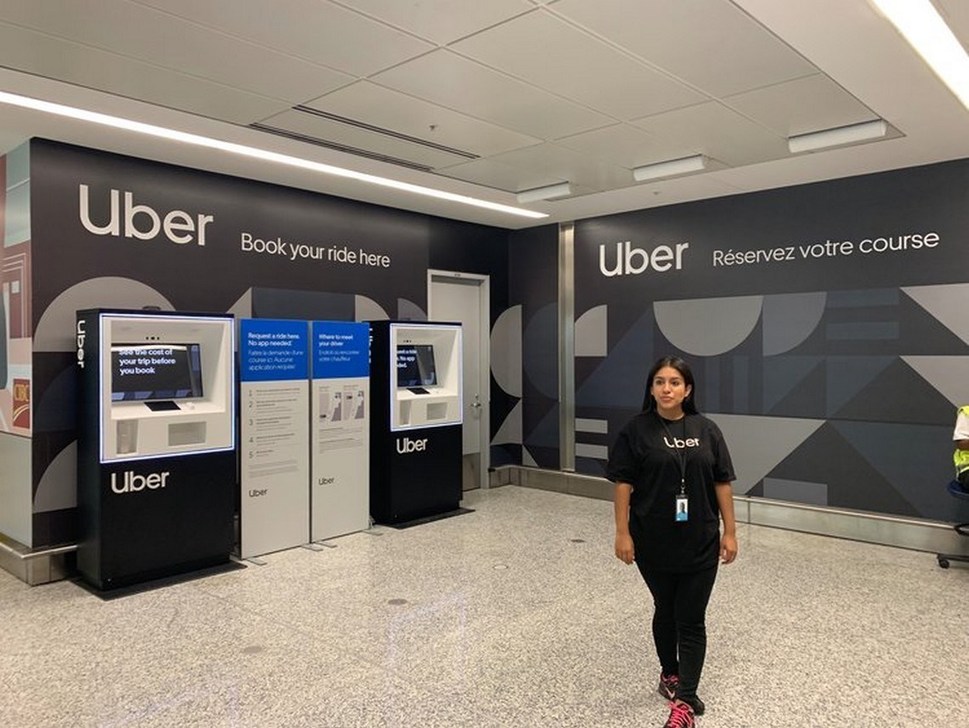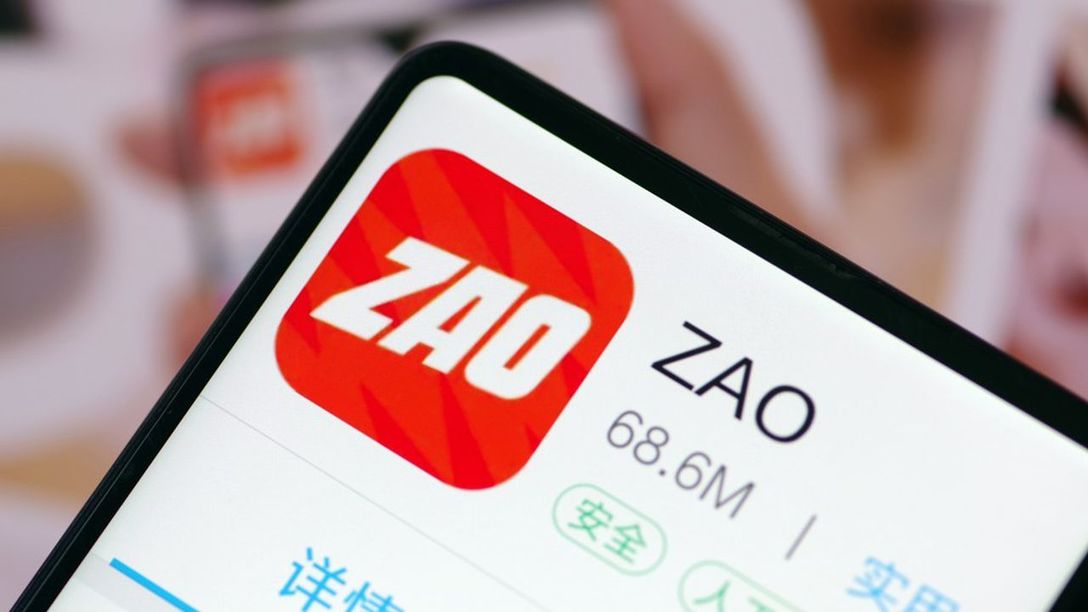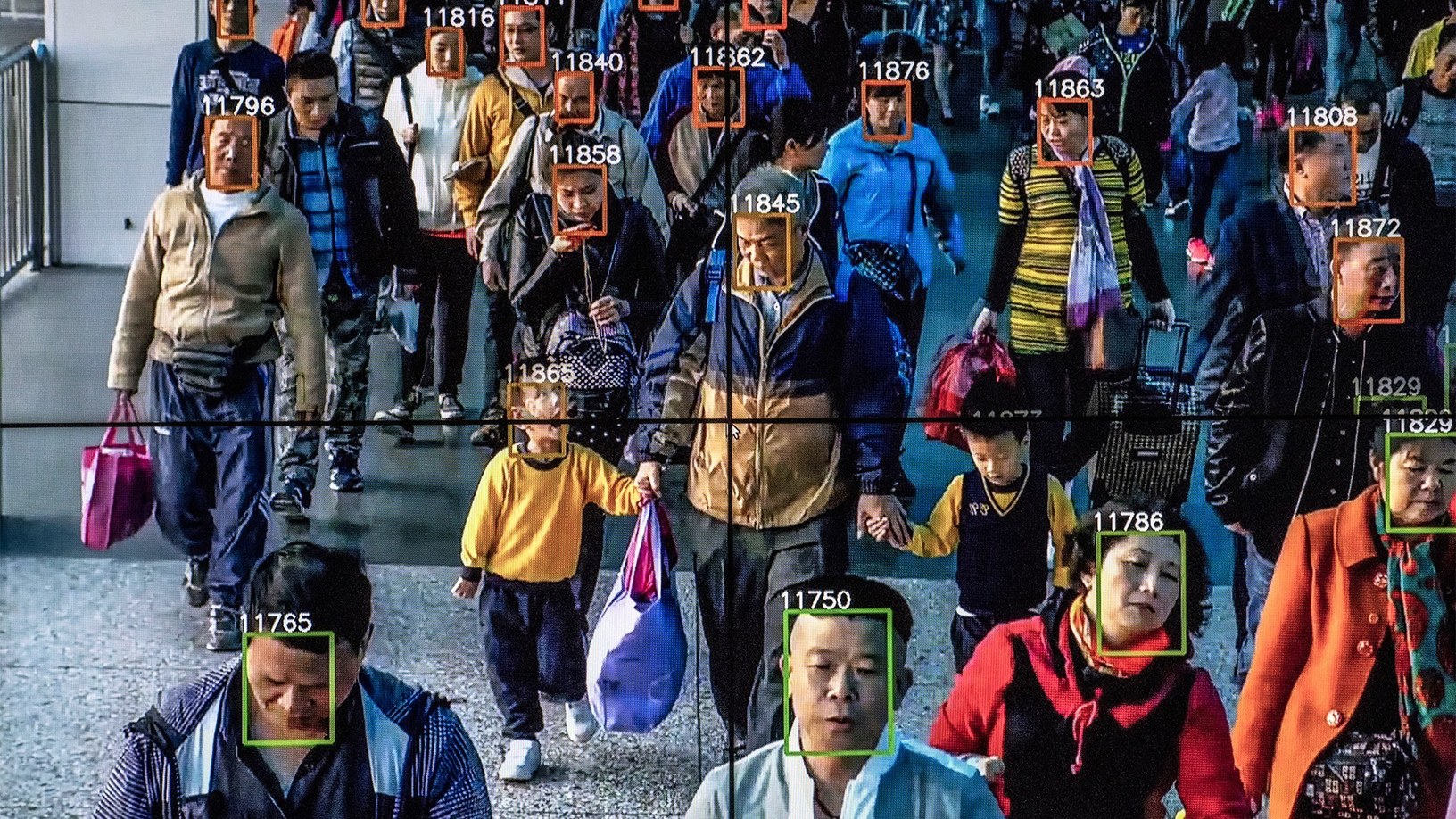Tesla affiche ses ambitions dans l’assurance
Tesla enclenche la marche avant dans l'assurance. Le constructeur américain de véhicules électriques propose depuis la semaine dernière sa propre offre d'assurance, Tesla Insurance, pour ses clients en Californie, son plus grand marché. Il agit pour l'heure en tant que courtier, les contrats étant garantis par State National Insurance Company, une filiale de l'assureur de spécialités Markel. Autrement dit, Tesla n'interviendra pas financièrement pour indemniser les assurés.Mais le groupe d'Elon Musk n'a pas l'intention d'en rester là. Il a déclaré au « Financial Times » qu'il « faisait un pas » pour devenir un assureur à part entière. Ce qui constituerait un mouvement atypique dans le secteur. L'assurance est en effet une activité très réglementée, qui impose aux compagnies de mobiliser beaucoup de fonds propres. Devant cette contrainte, les constructeurs automobiles voulant vendre de l'assurance préfèrent nouer des partenariats avec des assureurs, comme Allianz Automotive, par exemple, qui a déjà des accords avec plus de 40 marques dans le monde entier. « Pas un métier facile »« Ce n'est pas un métier facile. La réussite de constructeurs auto dans l'assurance semble aussi improbable que le succès de compagnies d'assurance dans l'automobile », avait asséné en mai Warren Buffett, le fondateur du holding Berkshire Hathaway , qui contrôle Geico, l'un des principaux assureurs auto aux Etats-Unis, quand il a été interrogé sur les projets d'Elon Musk.Selon Ben Carey-Evans, analyste du secteur de l'assurance chez GlobalData, l'arrivée de Tesla Insurance représente « une menace pour les grandes compagnies d'assurance puisqu'elles pourraient se retrouver coupées du processus d'achat ».Avec son offre Tesla Insurance, le constructeur fait miroiter aux détenteurs de ses modèles S, X, 3 et Roadster une baisse de leur prime d'assurance pouvant aller jusqu'à -20 %, voire -30 % « dans certains cas ». Cette promesse repose sur « des tarifs reflétant les mesures actives de sécurité et d'assistance avancée à la conduite, qui deviennent des standards sur tous [nos] nouveaux véhicules, affirme le constructeur. Tesla connaît comme personne d'autre ses véhicules, la technologie, la sécurité et les coûts de réparation ».










